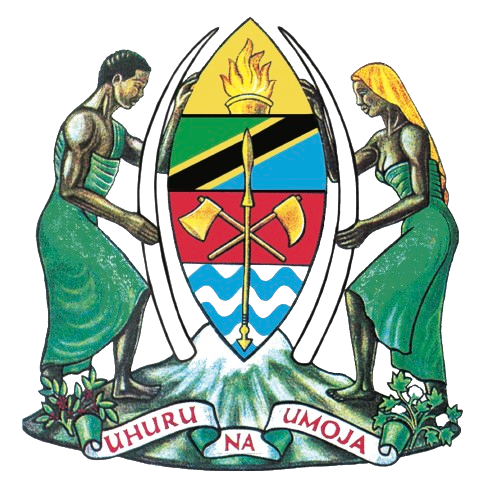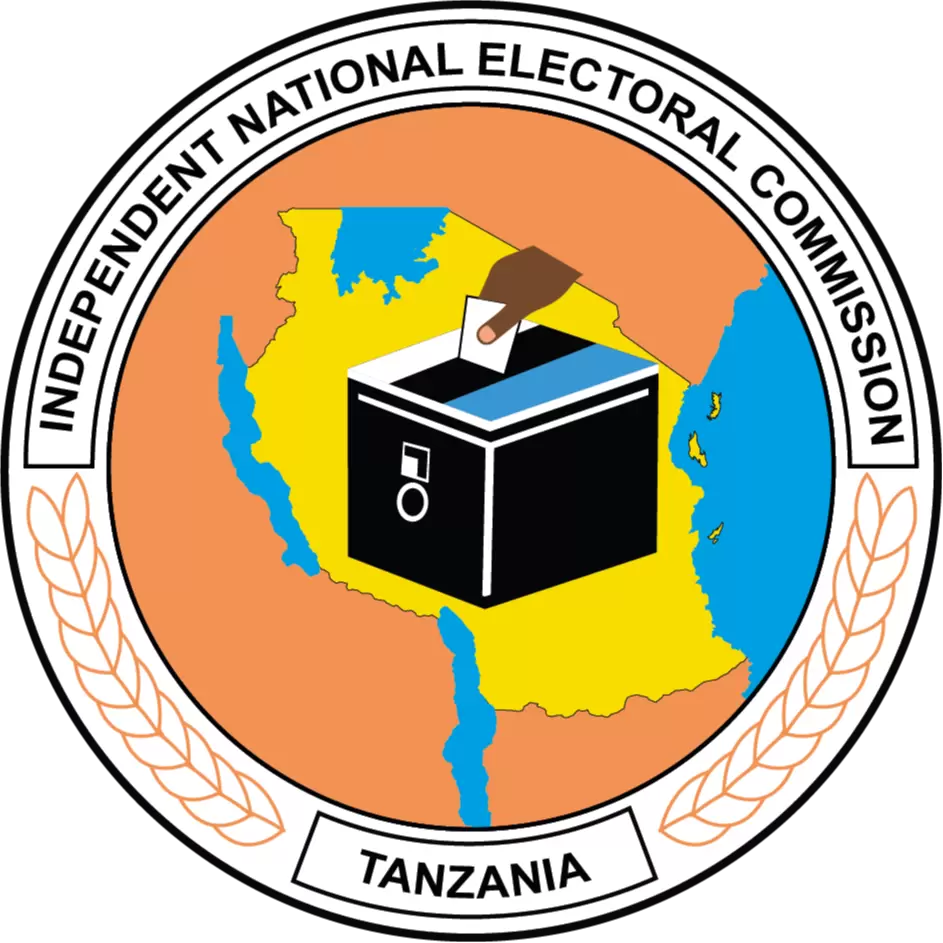COMMUNICATION STRATEGY
- 20th August, 2020 00:00
- By TARI
- Strategies
Author(s) : TARI
It is my pleasure to present the Communication strategy, a tool that contributes in the achievement of TARI goals. TARI being a new institution, effective communication of information, knowledge and innovations is key for the attainment of its mandates. Established by the Act No. 10 of 30th September 2016 as a semi-autonomous public institution under the Ministry of Agriculture, TARI needs a vibrant communication strategy to ensure its visibility, coordination of research mandates, dissemination of research findings, including reaching out to stakeholders and building alliances with partner institutions and strong partnership with development partners.
The communication strategy as a management tool will foster TARI’s efforts to oversee and provide guidance, coordinate and promote agricultural research on crops, crop products and by-products, soil and water management, soil mapping, agro-forestry, agricultural engineering, socio-economics, biotechnology and climate change management in Tanzania. For example, TARI with a national mandate for crop research through a network of eight centres and nine sub-centres will use the power of communication to effectively pool together the human, financial and physical resources for reaching common objectives.
This strategy is in line with TARI Strategic plan which portrays how agricultural research can contribute to increased agricultural productivity through development and deployment of improved agricultural knowledge and technologies by farmers and other end users. In addition, the Plan has a Vision, Mission and Key Result Areas (KRAs) which altogether form an integral aspect relevant for communication, and thus a basis for formulating this Communication Strategy. TARI vision also envisages that agricultural technologies and innovations are adapted at scale through the use of effective communication approaches and strategies for better improved incomes; enhanced nutritional outcomes; making farming systems more resilient and attaining sustainable agriculture.
The development of communication strategy involved consultation of various documents, holding discussions, use of key informants’ interview, individual interviews and conducting systematic analysis of TARI stakeholders’ communication needs; analysis of the Strengths, Weaknesses, Opportunities and Challenges (SWOC); analysis of the shifting paradigm in communication media landscape, and identification of key communication issues. This followed development of communication objectives, targets, strategy areas, performance indicators, generic messages and feedback mechanism.
This document has five chapters which are: Background, Situation Analysis, the Strategy, Institutional Framework and Implementation Plan, and Monitoring Evaluation and Learning.
Let me take this opportunity to extend my sincere gratitude to all Government and Private sectors institutions and individuals who participated in the formulation of this strategy. I deeply, send my heart felt appreciations to various TARI staff who were involved during different stages of the communication strategy formulation with full commitment and tireless efforts.
It is my expectation that this strategy will trigger involvement of stakeholders’ and beneficiaries’ to secure their commitments in enhancing partnership and collaboration for increasing a successful attainment of TARI endeavours.
Dr. Geoffrey S. Mkamilo
DIRECTOR GENERAL


